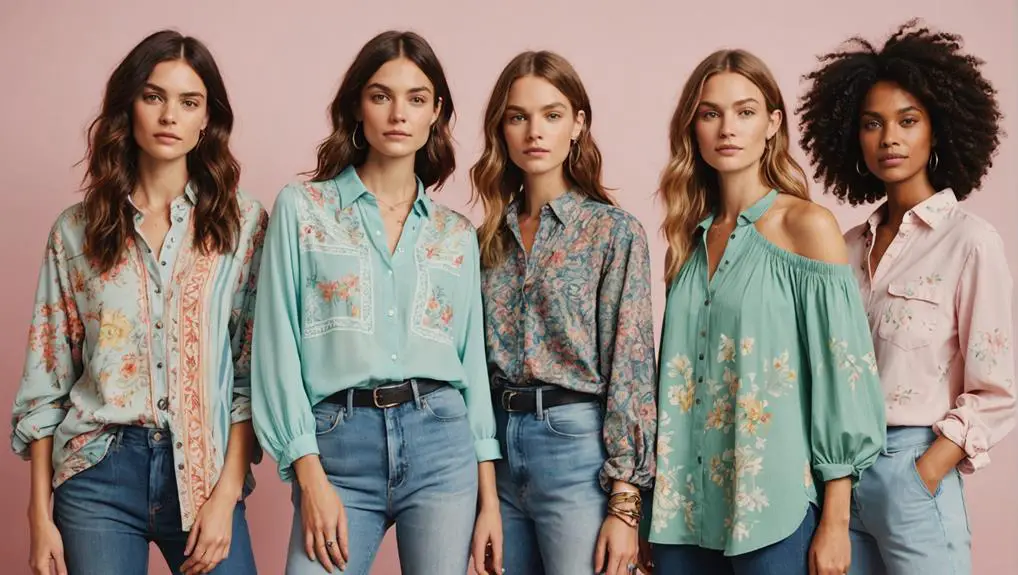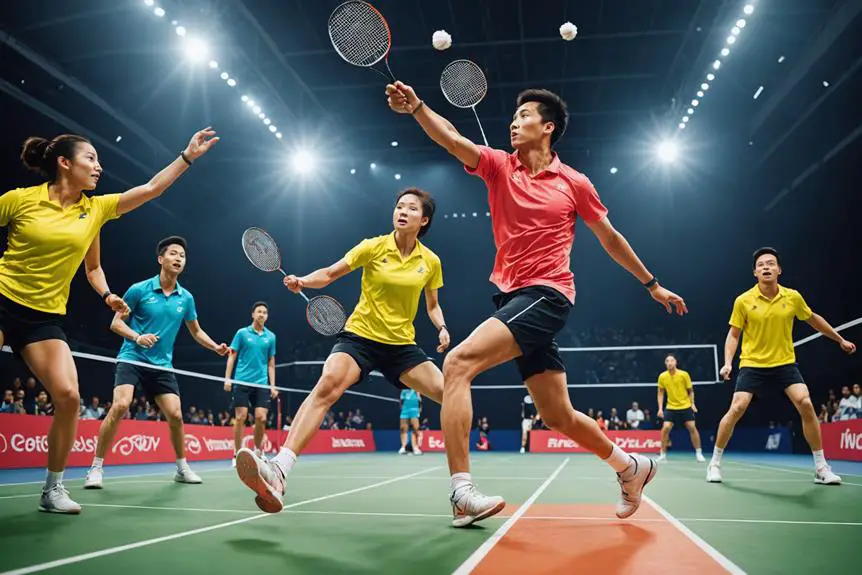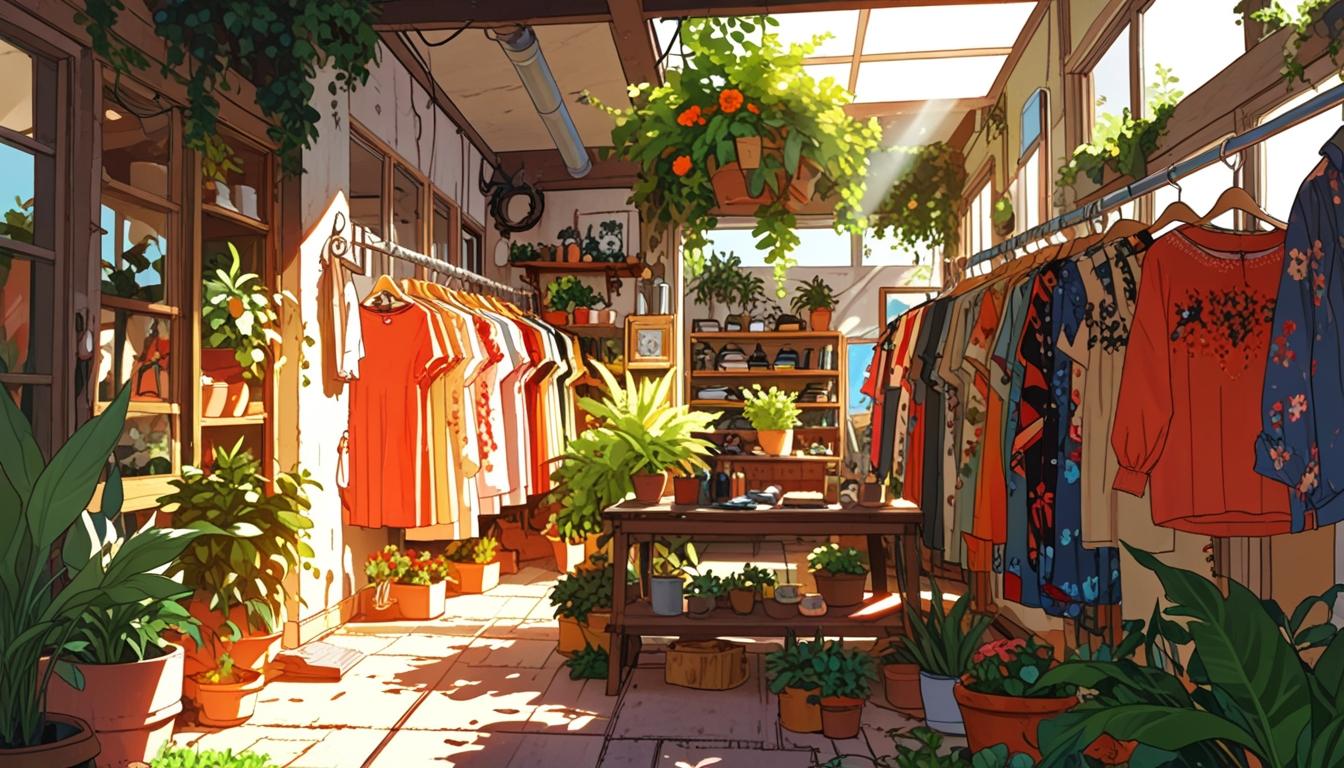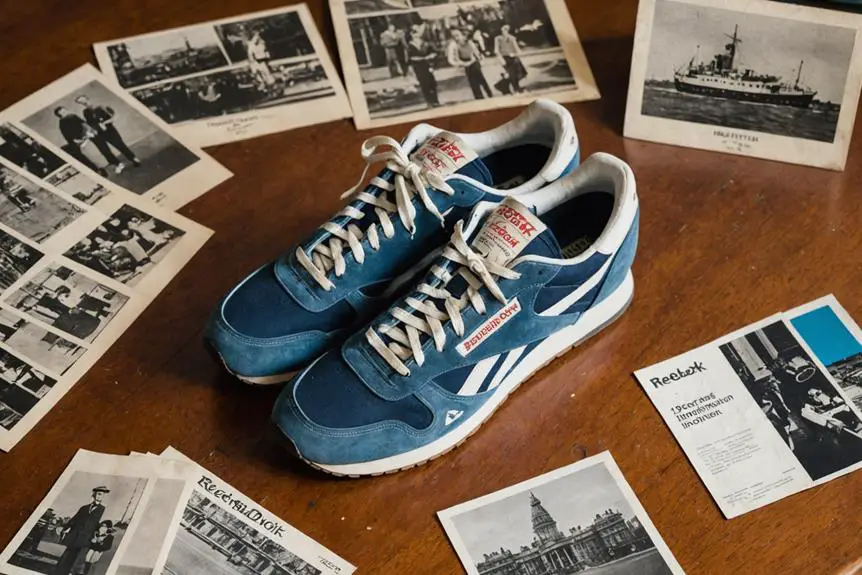In the 2010s, women's shirts became an expressive canvas of style and nostalgia. You'd spot oversized tees and flannel shirts dominating the early years, channeling that cozy, retro vibe. As the decade progressed, athleisure took over, blending comfort with chic. Monochrome and unique prints made personal expression a focal point. Vintage-inspired pieces and sustainable fabrics made a remarkable comeback, promoting ethical fashion choices. Social media played a massive role, sparking trends and fostering creativity among fashionistas. If you're curious about how these themes evolved throughout the decade, you'll find plenty more to explore.
Early 2010s Shirt Trends

In the early 2010s, the fashion landscape for women's shirts saw a vibrant mix of nostalgia and modern flair, making it a standout decade for style enthusiasts. You couldn't walk down the street without spotting oversized T-shirts and cardigans that screamed comfort while nodding to the 1980s. The crop top trend burst onto the scene, perfectly paired with high-waisted bottoms that flattered every figure and evoked a retro revival reminiscent of the 1990s.
Western-style shirts also gained traction, showcasing unique prints and embellishments that blended traditional aesthetics with contemporary vibes. They added a distinct edge to your wardrobe, making everyday wear feel special. Meanwhile, lace fabric made a significant comeback. You could find it gracing everything from casual blouses to chic shirts, adding a feminine touch that was both delicate and bold.
Don't forget about the acid-wash denim shirts that became casual staples, tapping into that nostalgic feel while remaining effortlessly cool. With all these trends, early 2010s shirts offered a playful canvas for self-expression and style experimentation, making it an exciting time for fashion lovers like you.
Mid 2010s Style Shifts
Midway through the 2010s, the fashion scene underwent a transformation that embraced comfort without sacrificing style. You saw oversized shirts become a go-to choice, easily paired with skinny jeans or leggings for that perfect relaxed fit. Athleisure trends dominated, allowing you to mix sporty styles with chic designs, making it suitable for both casual outings and semi-formal events.
Additionally, the resurgence of grunge fashion brought flannel shirts back into the spotlight. You might have noticed them layered or tied around the waist, adding a laid-back vibe to your wardrobe. Monochrome palettes also took center stage, with black and white shirts leading the way as bright colors made their exit.
Key features of mid-2010s women's shirts included:
- Oversized shirts for a relaxed silhouette
- Flannel shirts inspired by grunge fashion
- Monochrome palettes emphasizing simplicity
- Unique prints encouraging personal expression
- Athleisure styles merging comfort and chic
This era marked a significant shift, celebrating individuality while keeping things effortlessly stylish. You could express yourself in ways that resonated with your personality, all while staying trendy.
Late 2010s Fashion Evolution
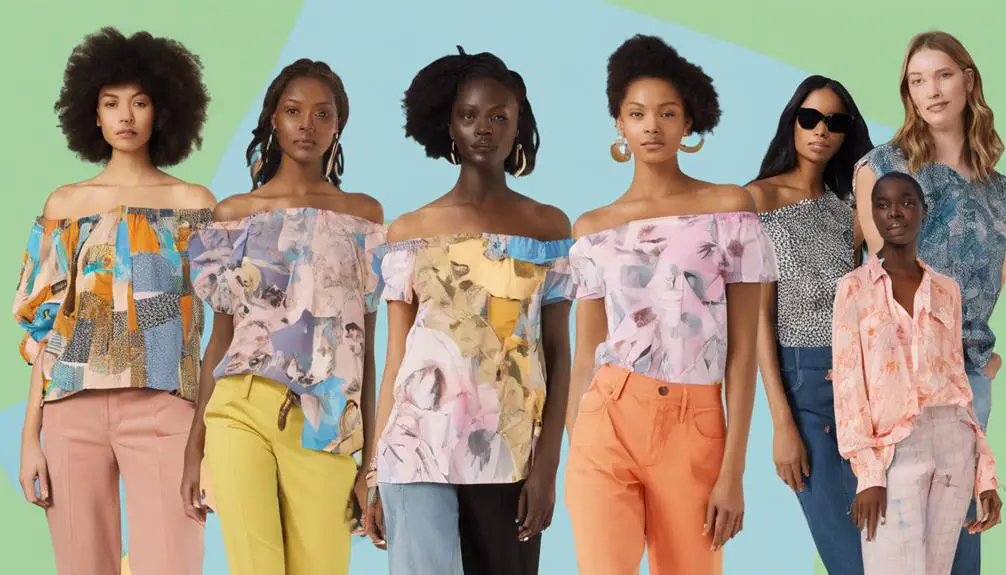
As the late 2010s rolled in, women's shirts underwent a notable evolution, embracing relaxed silhouettes that prioritized both comfort and style. You'd notice oversized and boxy styles gaining traction, effortlessly blending with traditional fitted options. This period also saw a resurgence of interest in vintage clothing labels, with many fashion enthusiasts seeking unique pieces that reflected earlier decades. Monochromatic colors took center stage, with black, white, and muted tones becoming your go-to choices, steering clear of the neon shades that previously dominated.
Sustainability emerged as a focal point, prompting brands to turn towards eco-friendly materials and ethical production practices, making it easier for you to shop responsibly. The revival of 90s fashion brought back crop tops and button-up shirts, often paired with high-waisted bottoms, creating a casual chic vibe that felt fresh and nostalgic at the same time.
Athleisure continued to influence how you styled your shirts, with sporty elements woven into everyday apparel. Think moisture-wicking fabrics and relaxed fits that let you shift seamlessly from the gym to brunch. This late 2010s fashion evolution celebrated both style and practicality, ensuring you felt great while looking effortlessly put together. So, whether you were rocking a crop top or an oversized button-up, the spirit of this era was all about comfort without compromising on chic.
Popular Fabrics and Patterns
Throughout the 2010s, a diverse array of fabrics and patterns transformed women's shirts into wardrobe staples that balanced style and comfort. You embraced lightweight materials like cotton, linen, and chiffon, which offered breathability for casual outings and office wear alike. Floral prints took center stage during this decade, reflecting vintage charm, while geometric prints and stripes added a modern twist.
Here are some standout trends in fabrics and patterns:
- Lightweight materials for comfort and breathability
- Floral prints that evoke nostalgia and femininity
- Structured fabrics like polyester blends for peplum styles
- Sheer fabrics perfect for layering and mixing textures
- Denim shirts, often acid-washed, for a versatile, retro vibe
These elements not only contributed to the aesthetic of women's fashion but also provided versatile styling options. By layering sheer blouses with camisoles or pairing denim shirts with various bottoms, you could effortlessly shift from day to night. The combination of these fabrics and patterns made your shirts not just stylish but also an essential part of your wardrobe throughout the decade.
Cultural Influences on Styles
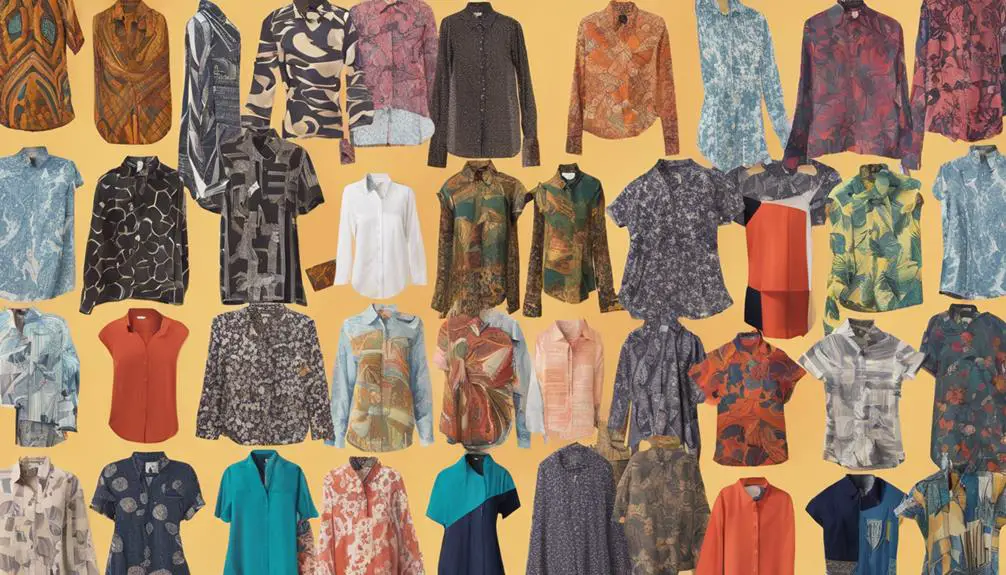
The vibrant tapestry of cultural influences in the 2010s reshaped women's shirt styles, blending nostalgia with modern sensibilities. You couldn't help but notice the resurgence of 1980s-inspired designs, where neon colors and oversized silhouettes ruled the scene. This playful nod to the past appealed to anyone drawn to bold fashion trends that celebrated individuality.
As gender fluidity gained traction, tunics and oversized cardigans emerged as staples, challenging traditional ideas of femininity. You found comfort in casual styles like flannel shirts and crop tops, which became popular thanks to social media buzz. This laid-back vibe was all about embracing comfort without sacrificing style.
Meanwhile, Islamic dress trends began to influence mainstream fashion from 2011 to 2018, integrating modestwear pieces like long shirts and floral hijabs. This fusion reflected a beautiful blend of cultural identities, resonating with many seeking inclusivity in fashion.
Impact of Social Media
Fashion in the 2010s wasn't just about what you wore; it was about how you shared it. Social media platforms like Instagram and Pinterest became the ultimate style playgrounds, making trends explode overnight. Influencers and fashion bloggers took center stage, showcasing their favorite women's shirts and driving demand for new styles. The hashtag #OOTD turned into a daily ritual, inspiring women everywhere to flaunt their outfits and influencing retail purchasing behaviors like never before.
Brands quickly caught onto this trend, realizing the power of social media marketing. They began collaborating with influencers, launching collections that received instant consumer feedback. You saw diverse representation across social media, with a broad spectrum of body types and cultural backgrounds represented in styling ideas.
Here are some key impacts of social media on women's shirts in the 2010s:
- Social media influencers shaping fashion trends
- The rise of the #OOTD phenomenon
- Shifts in retail purchasing behaviors
- Brands collaborating for immediate access
- Increased fashion inclusivity and diverse representation
With the power of social media, you could explore a world of styles that celebrated every body type.
Sustainability in Shirt Fashion
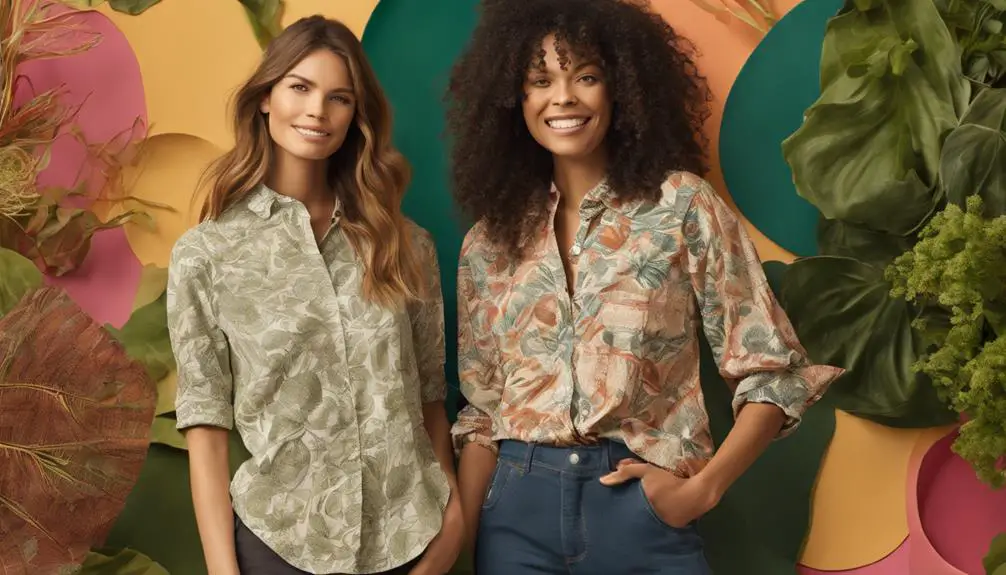
Sustainability in shirt fashion emerged as a crucial movement in the 2010s, reshaping how you think about your wardrobe. As the garment industry faced scrutiny, especially after the Rana Plaza tragedy, you began to demand transparency in how your clothes were made. This shift prompted brands to adopt eco-friendly practices, using organic materials and recycled fabrics to create stylish, sustainable options.
Major retailers, like H&M and Zara, responded by launching collections that emphasized water-efficient production processes. You realized that choosing these shirts not only benefits the planet but also supports ethical production practices. The slow fashion movement encouraged you to invest in high-quality pieces that last, steering you away from the fleeting trends of fast fashion.
Frequently Asked Questions
What Shirts Were Popular in the 2010s?
In the 2010s, you'd rock oversized cardigans and peplum tops, embracing both comfort and style. Flannel shirts and lightweight casual options became your go-tos, often paired with edgy accessories like choker necklaces for that perfect vibe.
What Were the Popular Clothing Stores in the 2010s?
In the 2010s, you'd find yourself shopping at Topshop for trendy pieces, ASOS for affordable fashion, H&M for casual staples, Zara for quick runway styles, and Urban Outfitters for that unique vintage vibe.
What Shirts Did People Wear in the 2000s?
In the 2000s, you rocked graphic tees, embraced baby tees, and layered oversized button-ups. Halter tops made your summer sizzle, while sheer and lace shirts added a flirty vibe to your go-to outfits.
What Was Athleisure in the 2010s?
Athleisure in the 2010s blended comfort and style, letting you rock chic activewear outside the gym. You embraced versatile pieces, like leggings and stylish sneakers, making sporty looks perfect for casual outings and social events.
